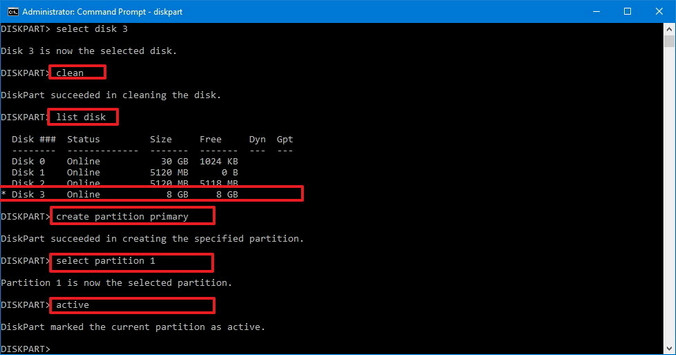


Do you have additional information on fdisk /mbr?.Why am I only able to see a 2 gigabyte partition or drive?.Why am I unable to see the full amount of a hard drive?.If the script file encounters an error during its process, you need to recreate the script file where the mistake occurred. Once you have created the script file, you can then type fdisk < fdisk.scr that will then execute the script file. When you input commands to run FDISK, they must be on one line do not place each command on separate lines. If you need to press Esc, you would use Ctrl+ P and then press Esc, which would be represented as a backward arrow. For example, if you want to run fdisk and display the partition information, you would enter 4.īecause fdisk requires you to press Enter after a selection, press Ctrl+ P and then press Ctrl+ M to create a music symbol, which acts as a carriage return. Below are the steps required for generating said file.Įdit fdisk.scr - In the edit screen, enter the commands you want to run in fdisk. To do this, create a file using the DOS edit command. Additional informationįdisk script file - Fdisk can run from an external file, allowing you to quickly create and delete partitions. See the fdisk simulation for additional information and examples. If any partition is deleted everything within that partition will be erased. Open the fdisk option screen that you can see in the fdisk simulation. Finally, this command can only be used with FDISK that supports FAT32. By default, FDISK does not use FAT32 on any drive smaller than 540 MB. Prevent the prompt for FAT32 support and allows FDISK to be forced into using FAT32 on drives smaller than 540 MB. Makes fdisk not check the disk integrity allowing the drives to be created faster. Shows you the current status of your hard drives. Prevents fdisk from booting the system automatically after exiting fdisk. Performs the same functions as FDISK /MBR except can be used on other disk drives.Ĭreates a 100 MB DOS partition on the hard drive.Ĭreates a 500 MB meg extended DOS partition on the hard drive.Ĭreates a 250 MB logical drives on the hard drive. Recreates the master boot record on the specified disk. CommandĬommand used to rewrite the master boot record, see: Do you have additional information on fdisk /mbr? Below is a listing of secret or undocumented MS-DOS fdisk commands and switches.


 0 kommentar(er)
0 kommentar(er)
